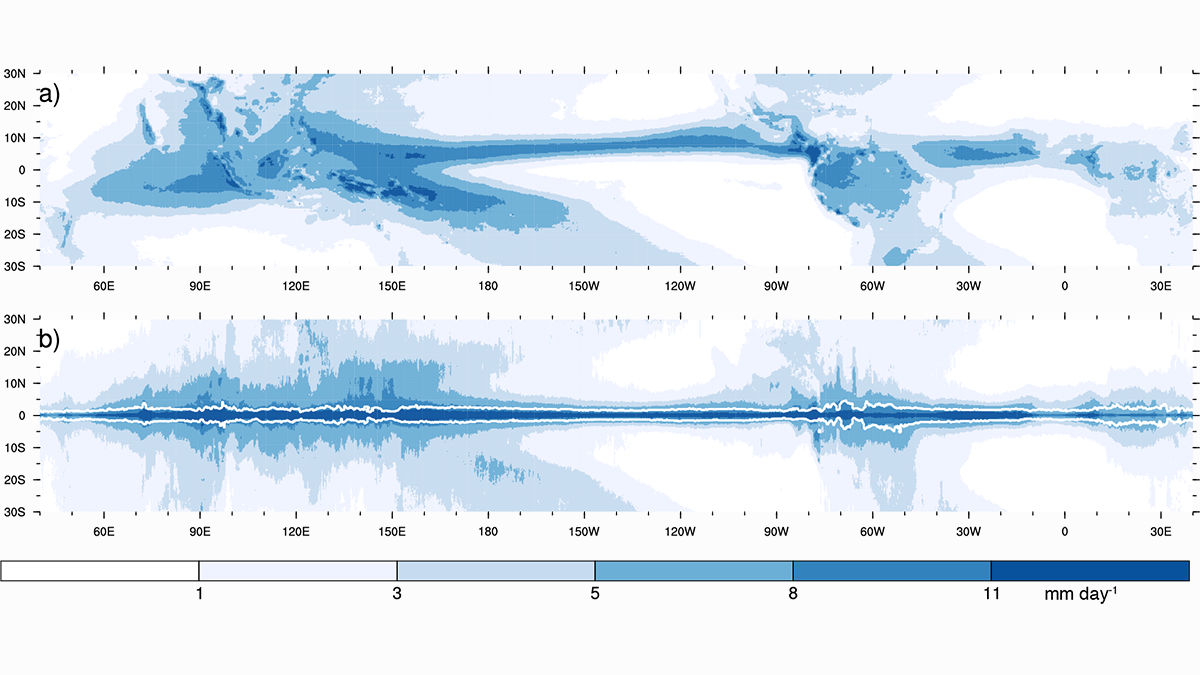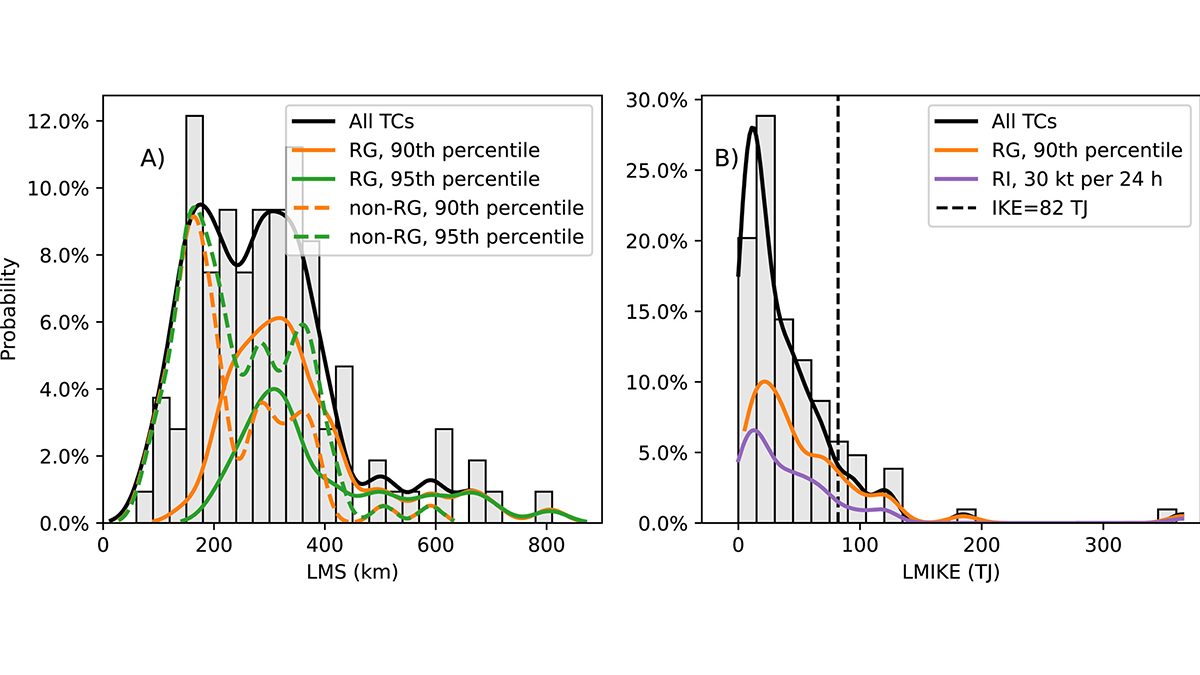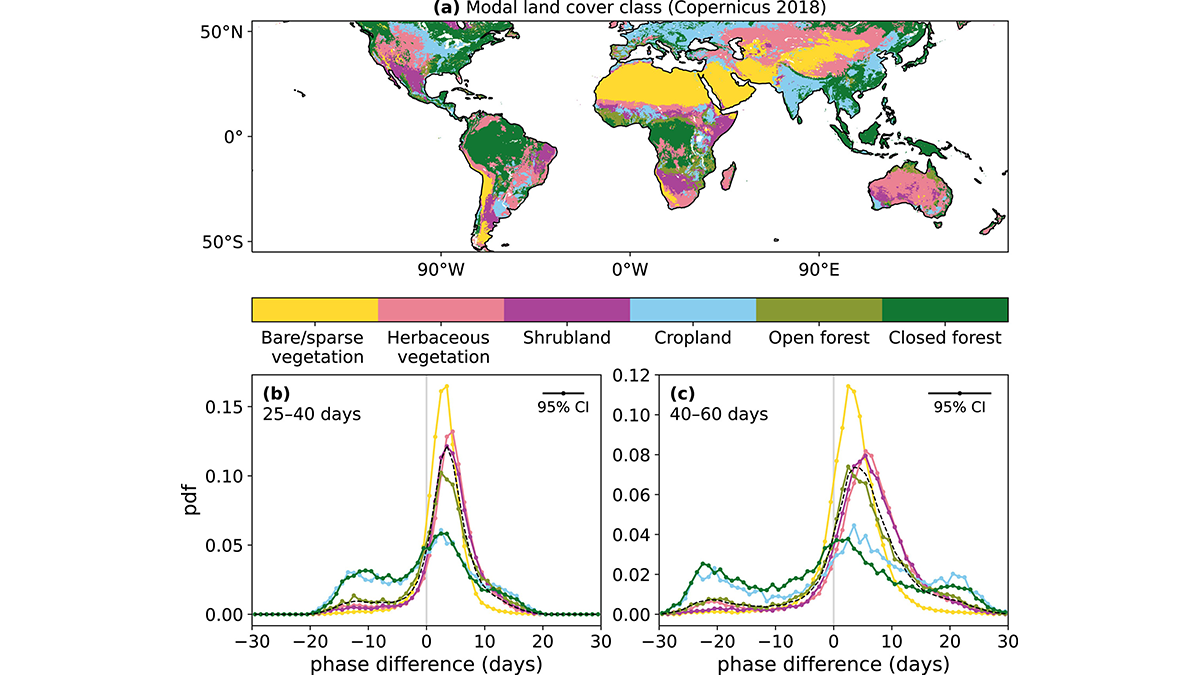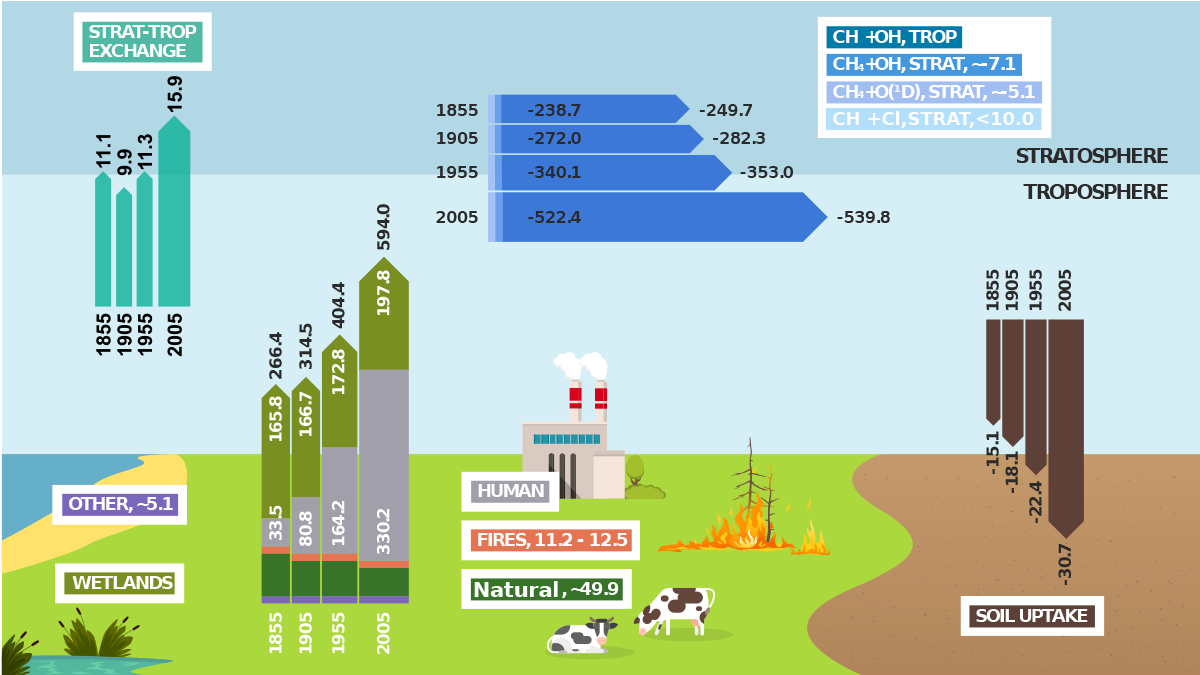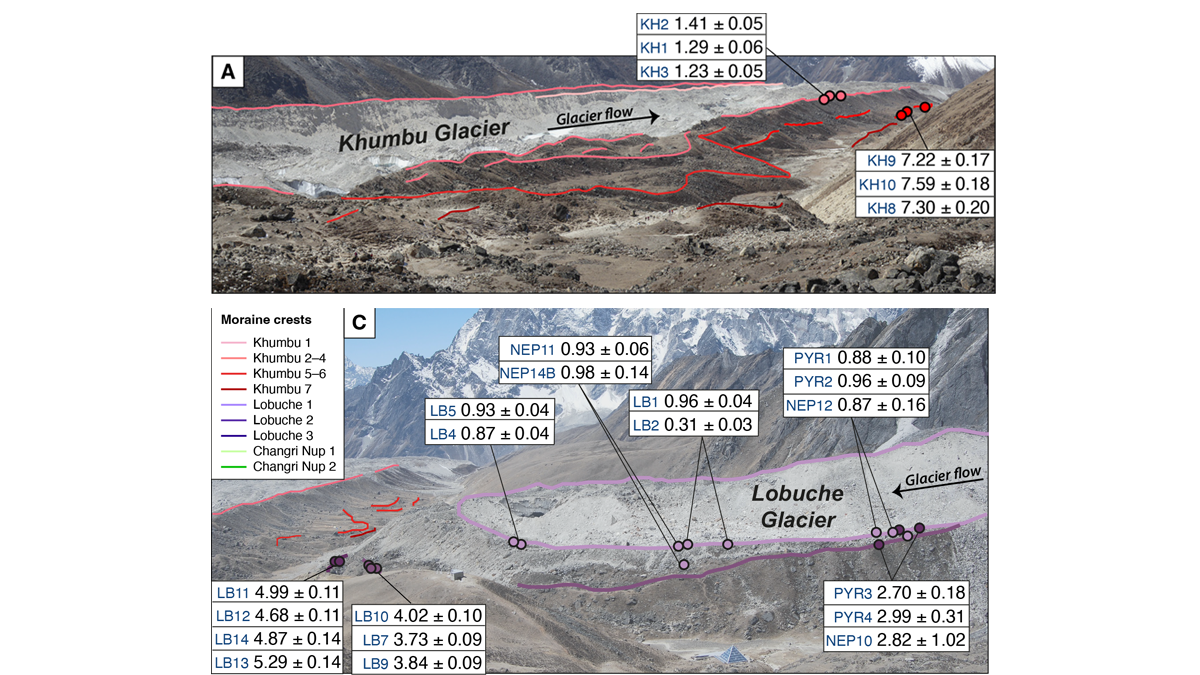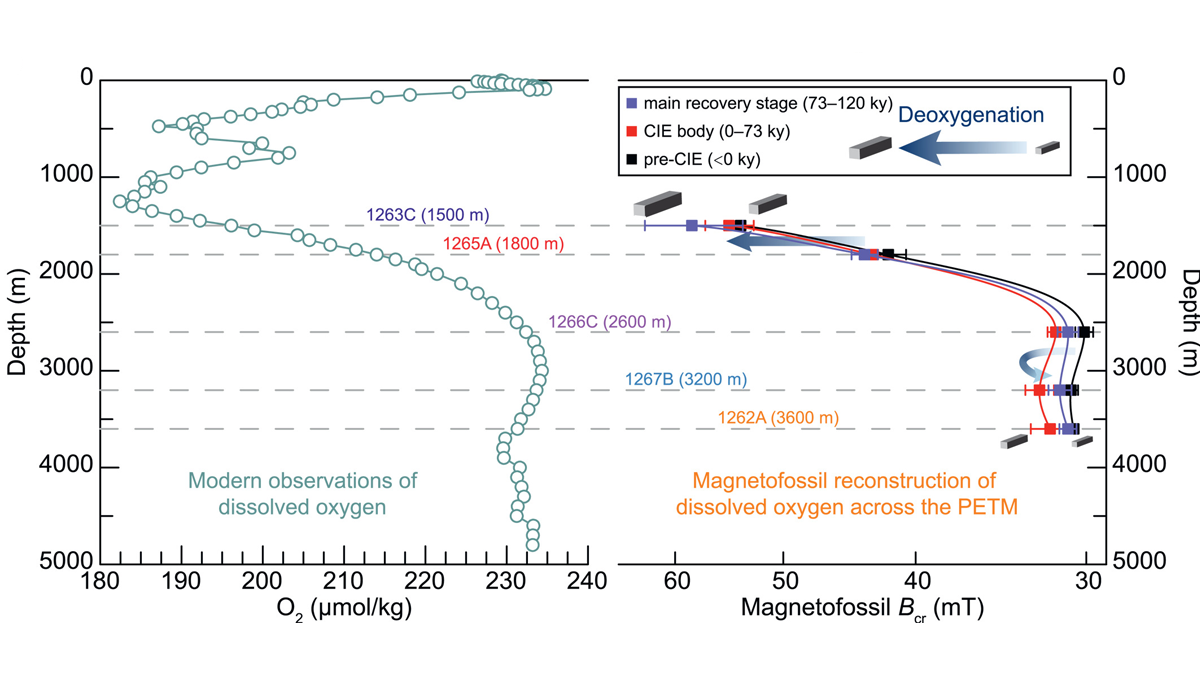Analyses of observations show that tropical land receives more rain than its fair share, owing to a proposed negative feedback that is not captured in current climate models.
Editors’ Highlights
The Long-Lasting Impact of a Nuclear War on the Ocean
Model simulations of the impact of a large-scale nuclear war reveal long lasting effects with much of the ocean not returning to pre-war levels despite the cessation of the initial cooling.
The Rapid Growth of Tropical Cyclones’ Outer Size – A New Concept
A new study focuses on the rapid growth of tropical cyclones and their destructive potential.
Quantifying Changes in Midlatitude Subseasonal Prediction Skill
The differences between future and present subseasonal predictability in the Northern Hemisphere provided by the tropics are evaluated using neural networks.
Oceans Warming Increases Xinjiang’s Precipitation, but Scarcity Stays
A transition toward an unusually wet condition due to ocean surface warming-induced increased precipitation will not alleviate the water scarcity risk in Xinjiang, China.
A Significant Advancement in Modeling the Global Methane Cycle
The capability to fully model the global methane cycle advances the international climate science community’s ability of providing essential evidence to underpin climate mitigation policy.
Glacier Advance and Retreat: Insights From the Top of the World
New dating of glacial features reveals predictable glacier behavior in response to climate warming and cooling in the Everest region in the past 8,000 years.
Probing the Sedimentology of a Continental Megathrust
Detailed analysis of sediments covering the Main Frontal Thrust in Nepal show how climate-driven baselevel changes affect sedimentation and should be considered when inferring thrust activity.
Magnetofossils Unveil Paleoredox Conditions in Extreme Climate
The Paleocene-Eocene Thermal Maximum, a thermal pulse about 56 million years ago, is an analog for future global warming. A new magnetofossil study shows progressive ocean deoxygenation.
The Shape of Pits on the Moon
Three-dimensional reconstructions enable virtual exploration of pits on the Moon.

